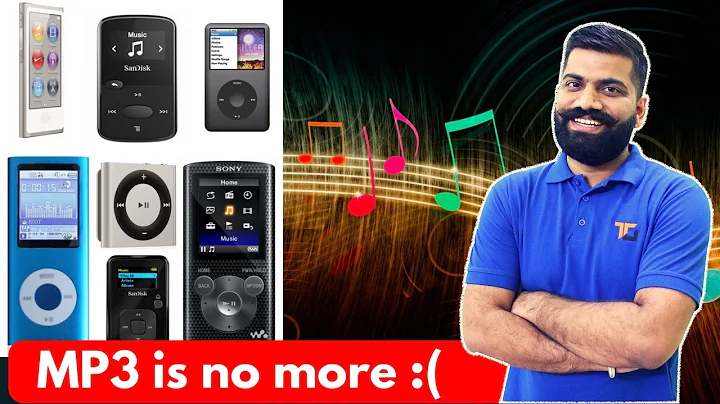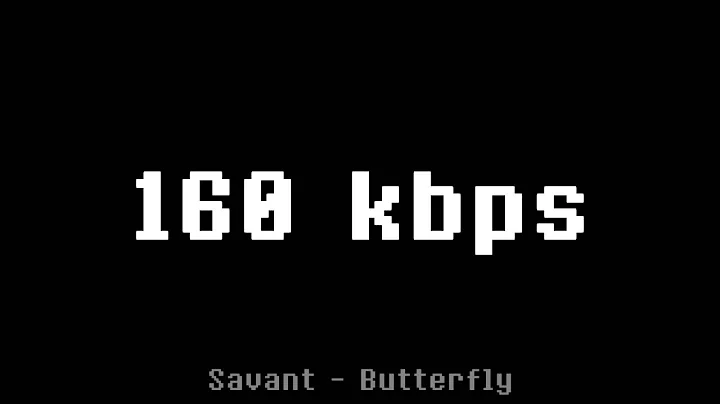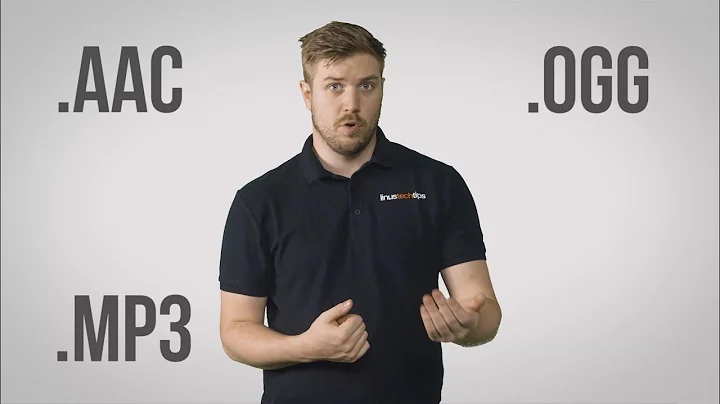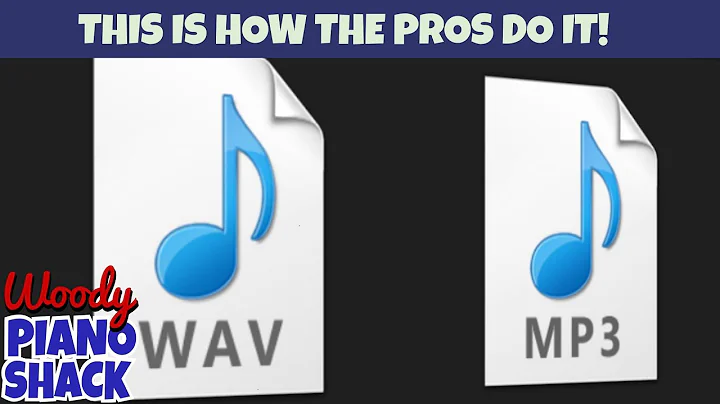How does iTunes 128 kbps AAC compares with LAME MP3 (-V 2, or -preset fast standard)?
Solution 1
There's a few major variables at play here.
First of all, you have to determine the suitability of 128 Kb/s AAC for your listening. This isn't just about transparency though, but your listening environment. Chances are, the kind of places that you'll be playing music from your phone aren't rigorous enough listening environments that any encoding artifacts would be noticeable, much less bothersome.
Second, if you're talking about transcoding your MP3s to AAC when you sync to your phone, there's going to be some additional quality loss beyond a normal encode from the source CD. You'll have to listen for yourself to determine whether or not that's a problem for you. Considering the high quality of your MP3s, the resulting AACs should sound nearly as good as an encode from CD.
Finally, there's the whole question of bitrates and transparency. For a very large subset of the population, 128 Kb/s MP3 and AAC are both transparent without training or practice listening for artifacts. Unless you do critical listening like participating in listening tests, chances are that 128 Kb/s (or LAME @ -V 5) would be just fine.
Just as an anecdote, even though I've spend quite a bit of time personally listening for encoding artifacts and killer samples, 64 Kb/s AAC+ is good enough for me to listen to at work.
Solution 2
Try this:
Use a music converter to convert your files into ".WAV" format. This format can decompress your audio.
Convert them again into AAC format with any bitrate that you wish but only lower than the original bit rate of the MP3 source.
In this way, you can lose your chances of degrading the quality of the audio when transcoding. Just try it and listen, it will not hurt. (I recommend using dBpoweramp Converter software. It preserves the tags of your files even though it's converted into .WAV files)
Solution 3
I really think AAC (iTunes/Quicktime) 192 kbps VBR is a great quality if the source is original CD or Lossless (flac, ape, alac, etc), reaching up to 19-20 kHz frequency and using a good hi-fi equipment. If you use an Ipod or Phone, 128 vbr is good enough. However if you need a very higher quality use Lossless.
Related videos on Youtube
Comments
-
lpacheco over 1 year
I've been ripping my CD's to MP3 using LAME, with -preset fast standar (or -V 2), since audio listening tests find that LAME with these settings is transparent and as good as top quality Ogg Vorbis or AAC, and MP3 is still a bit more supported than AAC.
Lately, I've been running out of space on my iPhone and I'm considering to start using AAC to compress my music, but there is no point using iTunes+ (AAC at 256 kbps) or AAC at 192 kbps since that would still occupy the same space. It should be AAC at 160 kbps or 128 kbps, I guess.
iTunes has an option to convert all my music to AAC 128 kbps when synchronizing the iPhone. Is 128 kbps AAC equivalent to the LAME encoding I've been using? If so, I could use that option, while I re-rip my collection to AAC 128 kbps.
What else would you recommend?
-
lpacheco about 13 yearsIf I were considering listening exclusively on the phone with Apple's standard headphones, the 128 kbps wouldn't make a difference, but I also listen to my songs in a proper stereo and so what I'm considering is if I would get a similar quality from AAC at 128 kbps as I get from LAME MP3 at -V 2. If so, I can turn my ripping and encoding to AAC and save time when synching my music to the iPhone (instead of having MP3 in the Mac and AAC in the iPhone).
-
lpacheco about 13 yearsThis post at HydrogenAudio considers the same scenario, but the poster appears to conclude that iTunes AAC needs about the same bitrate as LAME to be "transparent". If so, it doesn't make much sense to move to AAC. hydrogenaudio.org/forums/lofiversion/index.php/t86057.html
-
afrazier about 13 yearsHere's the thing about transparency: It's different for everyone. What kind of quality level/bitrate is transparent for you? Can you actually ABX a 128 Kb/s AAC encode against the CD source? Also, headphones are ideal for critical listening compared to a "proper stereo." Right now, in a very general sense, MP3 and AAC are difficult to distinguish between at 128 Kb/s and up. For many people, the differences don't become easily audible until you're at 96 Kb/s or lower, and AAC has techniques like SBC and PS available at lower bitrates to help music sound better.
-
afrazier about 13 yearsUltimately, what this boils down to is what sounds good to you, not what outrageous bitrate others consider transparent. Try out AAC at 128 Kb/s, you might be surprised to find that you can't distinguish it from high bitrate MP3s or the original CD. If you're worried about having an extremely high-quality archive, that's what lossless codecs like FLAC or ALAC are for.
-
-
tvt173 about 13 yearsDoes itunes cache the conversions it's done in previous syncs I wonder, or does it do all 1000 conversions say each time you sync?
-
a sandwhich about 13 yearsWell it only needs to convert the new songs each time it syncs. The ones that remain on your phone are not reconverted.
-
lpacheco about 13 yearsI know there are differente listening scenarios, but it doesn't make sense to have several sets of songs ripped to each one, so I rip to the most broad set of scenarios. Otherwise I would have repeated songs in different encodings. If LAME uses -V 2 as its standard, I guess that they think the same way. So, I'm looking for what AAC encoding would be equivalent to LAME -V 2, and hoping it is iTunes 128 kbps so that I can delay the effort of re-ripping my collection.
-
Colin Marshall over 7 yearsIt is pointless to convert to a WAV before going to a lower bitrate because you are creating a lossy WAV has the same frequencies filtered out as the original AAC/MP3 files. Decompressing a lossy file doesn't give you those frequencies back.




